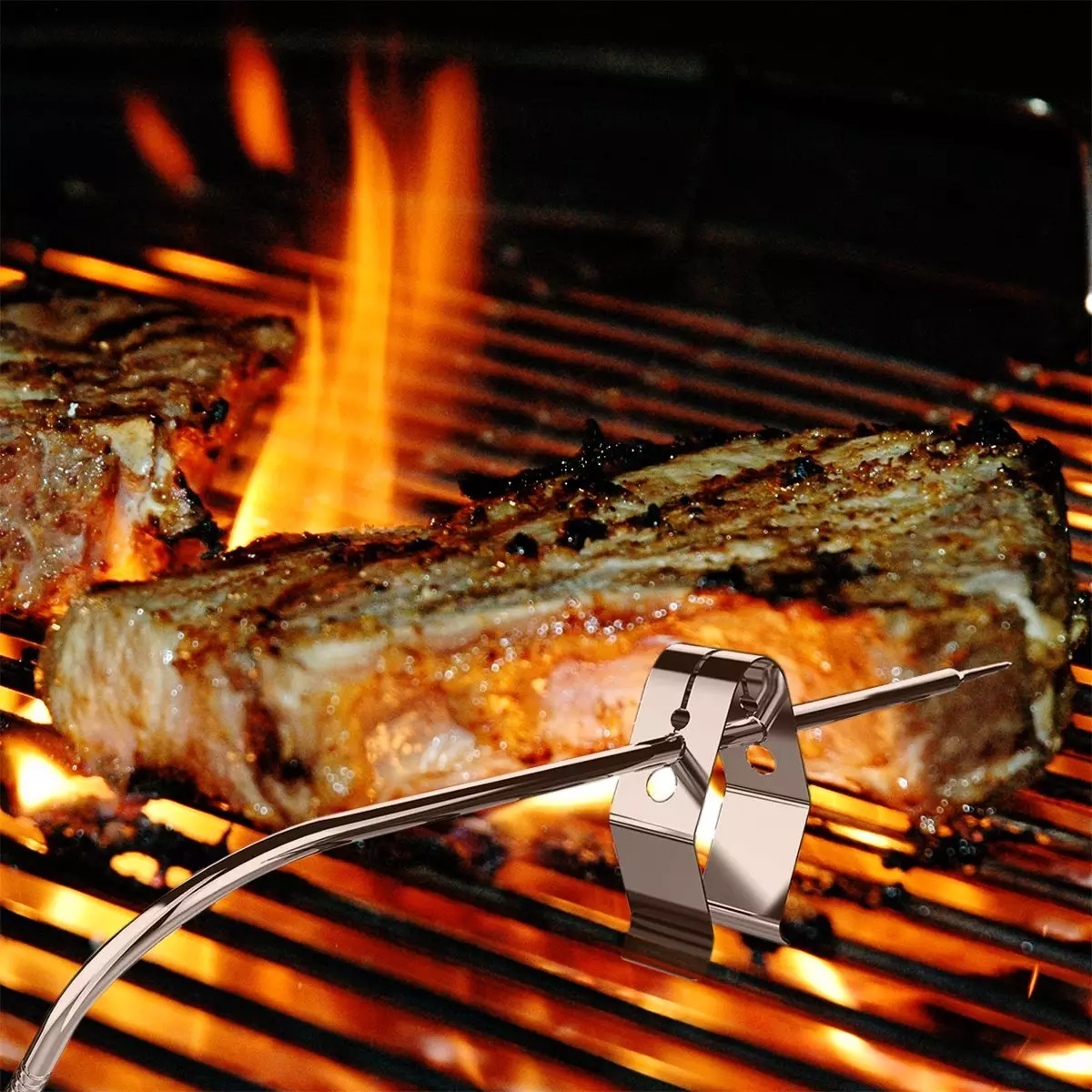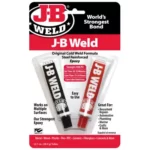When preparing a meal, whether it’s a holiday feast or a weeknight dinner, safety and taste are paramount. Cooking meat to the perfect temperature not only guarantees a delectable dish but also ensures that the food is safe to eat. Meat probes, as a result, have become essential cooking tools.
In the realm of culinary arts, meat probes are instruments that allow for precise temperature measurement of meat during cooking. They offer cooks the ability to maintain food safety standards while avoiding over or undercooking, making them indispensable in contemporary kitchens. However, an intriguing question often posed is – are all meat probes universal? The answer is not as straightforward as it might seem.
The idea of universality among meat probes hinges on factors such as compatibility, interchangeability, and functionality. These nuances make the topic complex, warranting an in-depth exploration to provide a comprehensive response.
Understanding Meat Probes: A Quick Definition
Defining Meat Probes
A meat probe, also known as a cooking or food thermometer, is a device used to measure the internal temperature of meat and other food types. These tools enable cooks to ensure that food has reached a temperature high enough to kill any harmful bacteria, promoting safety in food preparation.
Types of Meat Probes
There are several types of meat probes, each designed for specific culinary uses:
- Instant-read Thermometers: These offer a quick temperature read but are not designed to stay in the food while it cooks.
- Oven-safe Thermometers: These can withstand oven temperatures and remain in the food throughout the cooking process.
- Probe Thermometers with a Sensor Cable: Ideal for use with grills and ovens, these have a heat-resistant cable that connects the probe to the display.
The Mechanism of Meat Probes: How Do They Work?
Meat probes operate by detecting heat energy from the food and converting it into an electrical signal, which is then displayed as a temperature reading on the device’s screen. The accuracy of the reading depends on the probe’s calibration, a critical aspect of its function.
Meat Probes: Are They Universal?
The Concept of Universality in Meat Probes
Universality in meat probes suggests the ability of a single probe to function with multiple thermometer models or brands. However, it’s crucial to note that while some probes might work with various devices, others may not due to differences in design, connection types, and calibration standards.
Key Factors Determining Compatibility of Meat Probes
Compatibility is influenced by:
- Connection Type: Probes may use different types of connections, including jacks, plugs, or wireless connections.
- Brand and Model: Some brands design their probes to only function with their thermometers.
- Type of Thermometer: Different thermometers (instant-read, oven-safe, sensor cable) require different probe designs.
Meat Probe Interchangeability: Myth or Reality?
While some meat probes are interchangeable between devices, not all are. It’s recommended to use probes designed for your specific thermometer to ensure accurate temperature readings.
Factors to Consider When Selecting Meat Probes
When selecting a meat probe, key considerations should include:
- The Relevance of Brand and Model: It’s essential to check the compatibility of a probe with your thermometer model and brand.
- Thermometer Type: Depending on whether you’re using an instant-read, oven-safe, or sensor cable thermometer, your probe selection will vary.
- Importance of Calibration: The probe should be properly calibrated to ensure accurate readings. Some thermometers allow for calibration, while others do not.
Benefits and Limitations of Universal Meat Probes
Universal meat probes, which are compatible with various thermometer models and brands, come with their own set of advantages and drawbacks.
Advantages of Universal Meat Probes
- Flexibility: Allows for use with different thermometer types.
- Cost-effectiveness: Reduces the need to purchase multiple probes for different thermometers.
Drawbacks of Universal Meat Probes
- Potential Inaccuracy: If not perfectly compatible, may provide inaccurate readings.
- Limited Availability: Not all probes are designed to be universal.
How to Choose the Right Meat Probe
To select the best meat probe for your needs, consider the following:
- Evaluate your cooking habits and the types of food you often prepare.
- Identify the thermometer type you use most frequently.
- Check the probe’s compatibility with your thermometer brand and model.
- Verify if the probe requires calibration and if your thermometer allows for it.
Safety Precautions When Using Meat Probes
Using a meat probe requires some safety precautions to avoid mishaps and ensure accurate readings:
- Correct Usage of Meat Probes: Always insert the probe into the thickest part of the meat, away from bones, fat, or gristle.
- Cleaning and Maintenance of Meat Probes: After each use, clean the probe with warm, soapy water to prevent bacterial contamination.
Frequently Asked Questions
Can I Use Any Meat Probe with My Thermometer?
Not necessarily. It’s crucial to check if the probe is compatible with your specific thermometer brand and model to ensure accurate temperature readings.
How Do I Know if a Meat Probe is Universal?
Universal meat probes typically specify their compatibility with various thermometer models and brands. However, it’s still recommended to check with the manufacturer or seller for confirmation.
How Can I Ensure the Accuracy of My Meat Probe?
Regular calibration can ensure the accuracy of your meat probe. Some thermometers come with a calibration feature. Also, proper placement of the probe into the meat is crucial for precise readings.
Conclusion
The journey into the world of meat probes reveals the intricate details influencing their functionality and compatibility. While some meat probes can indeed work across multiple thermometers, indicating a level of universality, it’s not a standard feature of all probes.
The factors influencing the universality of meat probes are complex, intertwining aspects such as thermometer type, brand and model specifications, and connection types. Despite the appeal of universal meat probes, their usage may sometimes compromise the accuracy of temperature readings.
Given the considerations and implications, the decision to use universal meat probes should be guided by one’s unique cooking requirements, coupled with a solid understanding of the product specifications. Ultimately, the primary aim is to ensure food safety and perfect cooking results, achieved through precise temperature control.







